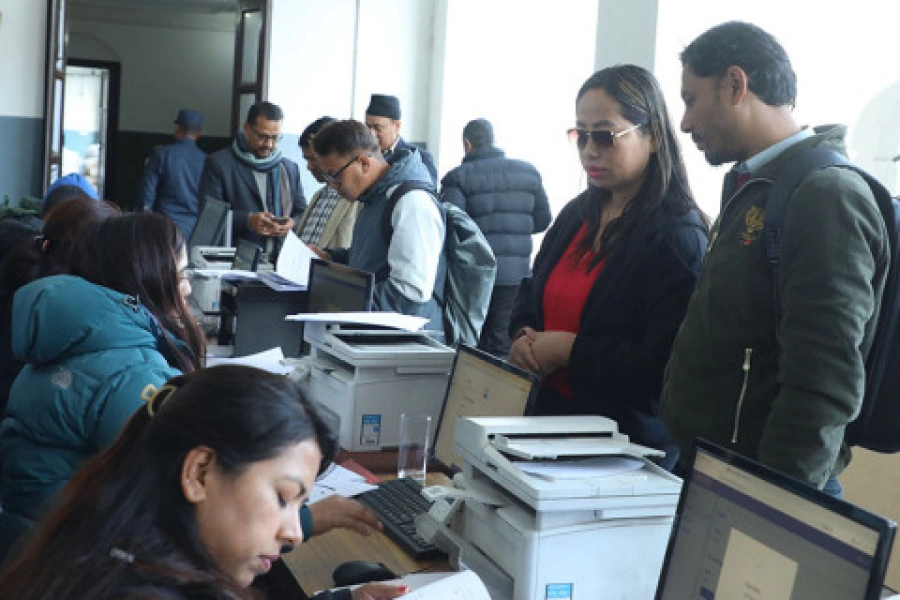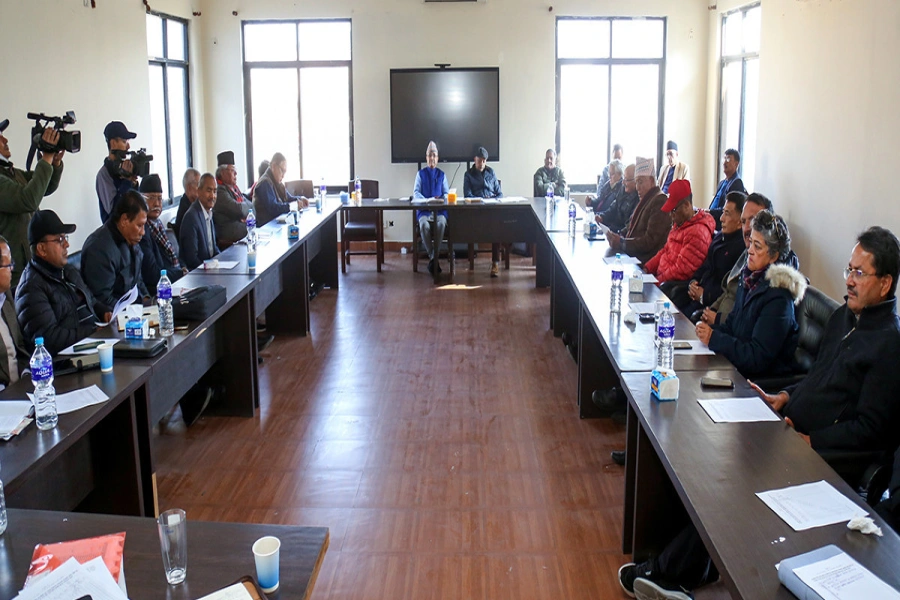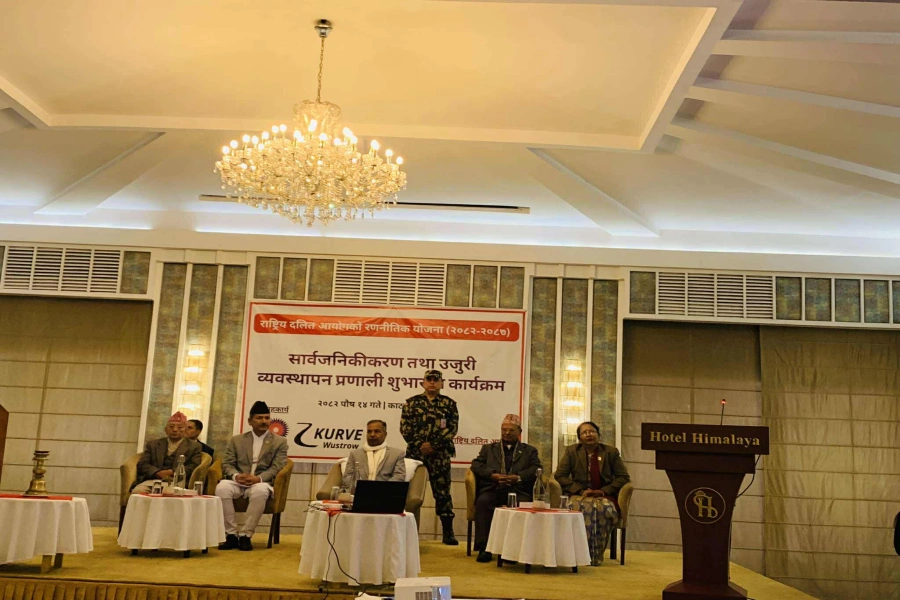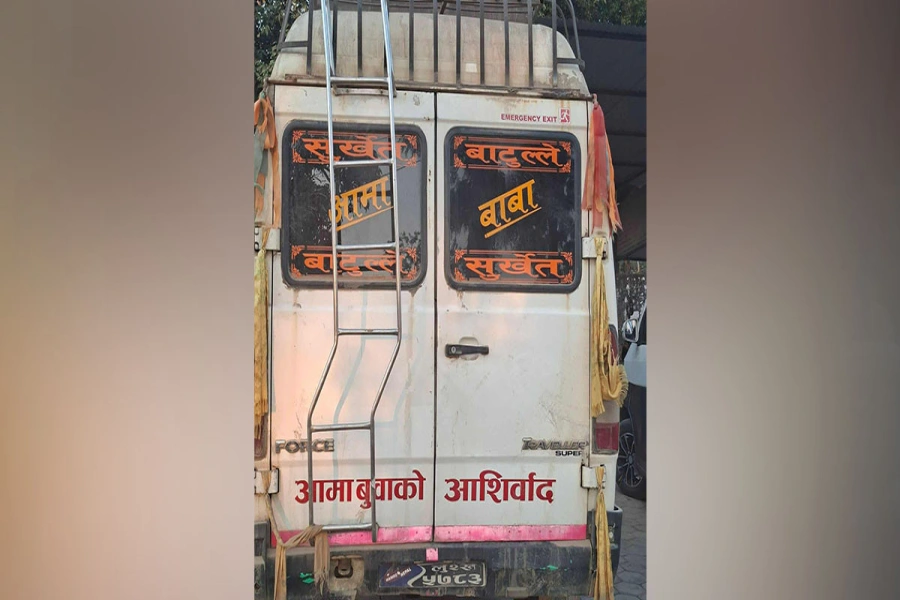Is the role of ride sharing platforms limited to acting as intermediaries responsible for matching riders and customers along with price setting?
Recent events surrounding ride-sharing businesses highlight one key fundamental problem. While many have been quick to ascertain that the greater problem lies with the absence of any legal framework within which ride-sharing businesses operate, a greater problem is yet to be addressed. Ride-sharing businesses as part of the greater gamut of the sharing economy have complex issues that require ingenious solutions. Equally true is the fact that solutions to the complex issues surrounding ride-sharing businesses are yet to be decided on. Contentions exist on the relevant solutions.
Netizens vent ire over action against ridesharing services

From a general perspective, there are three key complex issues—all relevant to the ride-sharing scene in Nepal—that need to be highlighted. The first concerns with the exploitation of workers. Unlike any traditional industry, a ride-sharing platform relies on the availability of independent workers as opposed to a permanent workforce of riders. Indeed, such classification offers greater flexibility to the riders. More essentially, it allows riders and the company to stay true to the nature of the sharing economy. But the benefit of flexibility of work also poses a serious threat, at least from the perspective of the rider—the collective bargaining power through the right to form unions. It could certainly be the case that should a ridesharing business gain dominant position, worker exploitation becomes a possibility. The availability of multiple ride sharing platforms thus becomes a necessity for any imagined state of equality in bargaining power. Till date, no ride-sharing company has been able to receive a dominant position in Nepal, particularly because there are no entry restrictions as of now, and the existence of ample competition for the total number of rides originating in Kathmandu Valley. These issues related to the inability to set prices and inability to form trade unions needs to be closely addressed along with the second issue regarding the role of platforms.
In its strictest sense, a platform is merely an intermediary whose responsibility is only limited to matching riders and customers for a certain fee in the form of either percentage based commission or a one-off subscription fee. In Nepal and almost all other ride sharing businesses around the world, the model follows the former mode. In addition, these platforms also take the role of setting prices. Certainly, the setting of prices blurs the line between the role of platforms as service providers or mere intermediaries. But price setting by platforms in their role of intermediaries is justified on the grounds that a centralized algorithm based pricing mechanism is more efficient than riders setting their own prices given its ability to process multiple information relating to prices with relative ease. To that extent, platforms are hybrid operational entities that are not service providers though they take a certain role of service providers in order to ensure efficiency. The larger question that remains to be answered therefore is: “Is the role of platforms limited to acting as intermediaries responsible for matching riders and customers along with price setting?” It would seem that during the earlier days of operation the answer would certainly be ‘yes.’ However, as we grew more accustomed to ride-sharing businesses, multiple new problems associated with ride-sharing businesses would call for an increased role of platforms. This increased role stemmed from the fundamental need to assure some form of minimum standards to any person desirous of according transportation services, such as the requirement for an accidental insurance and third party insurance and the duty to maintain adequate vehicle standards on part of the rider. Arguments for requiring platforms to cover insurance costs have also been made, but a strong case for riders to cover for insurance exists as a deterrent for any risky behavior on part of riders. Therefore, the role of platforms becomes of hybrid nature with some aspects of service providers. In this context, we must therefore scrutinize the actions of Pathao.
While it has admitted time and again that it is a mere intermediary and not a service provider, one particular action needs closer scrutiny. And, that is related to the decision of the company to require riders to buy Personal Protective Equipment (PPE). The decision to require riders to buy PPE before commencing any ride could indeed be looked at as a move towards ensuring consumer safety. However, should riders be forced to buy equipment with the Pathao’s logo? This incident is part of a larger debate that surrounds the operation of ridesharing business: Should ride-sharing businesses add attachments to the use of services of the platform in their role of intermediaries? The consensus regarding this has been that as intermediaries, there can be no attachments to the use of services to the extent that it restricts service providers—riders—from working in multiple platforms. In a more general sense, some attachments common across all platforms like insurance, vehicle standard maintenance and safety checks are justifiable. However, any further attachment—such the PPE—cannot be justified. In essence, the logo makes it harder to work across platforms, and even when working across platforms works in the benefit of Pathao given the marketing value it creates.
Adding attachments to the use of service also jeopardizes or at least confuses the status of riders. In general, the status of riders is that of an independent contractor, largely because the rider is seen as a person who is not tied to a single platform but rather has freedom to work on multiple platforms as they see fit. But if attachments—both direct and indirect—prevent riders from working across platforms the issue would need to be revisited. Attachments are also tied with exploitation of workers, in that if working across multiple platforms is restricted one ride sharing company could indeed gain dominant position at the expense of riders. To a larger degree, ride-sharing businesses in Nepal have not restricted working across platforms at least directly but indirect restrictions such as PPE equipment in case of Pathao do hint towards a focus on gaining market dominance and ultimately achieving monopsony power. To the extent that any regulation of ride-sharing business requires careful evaluation of the three issues highlighted.







































